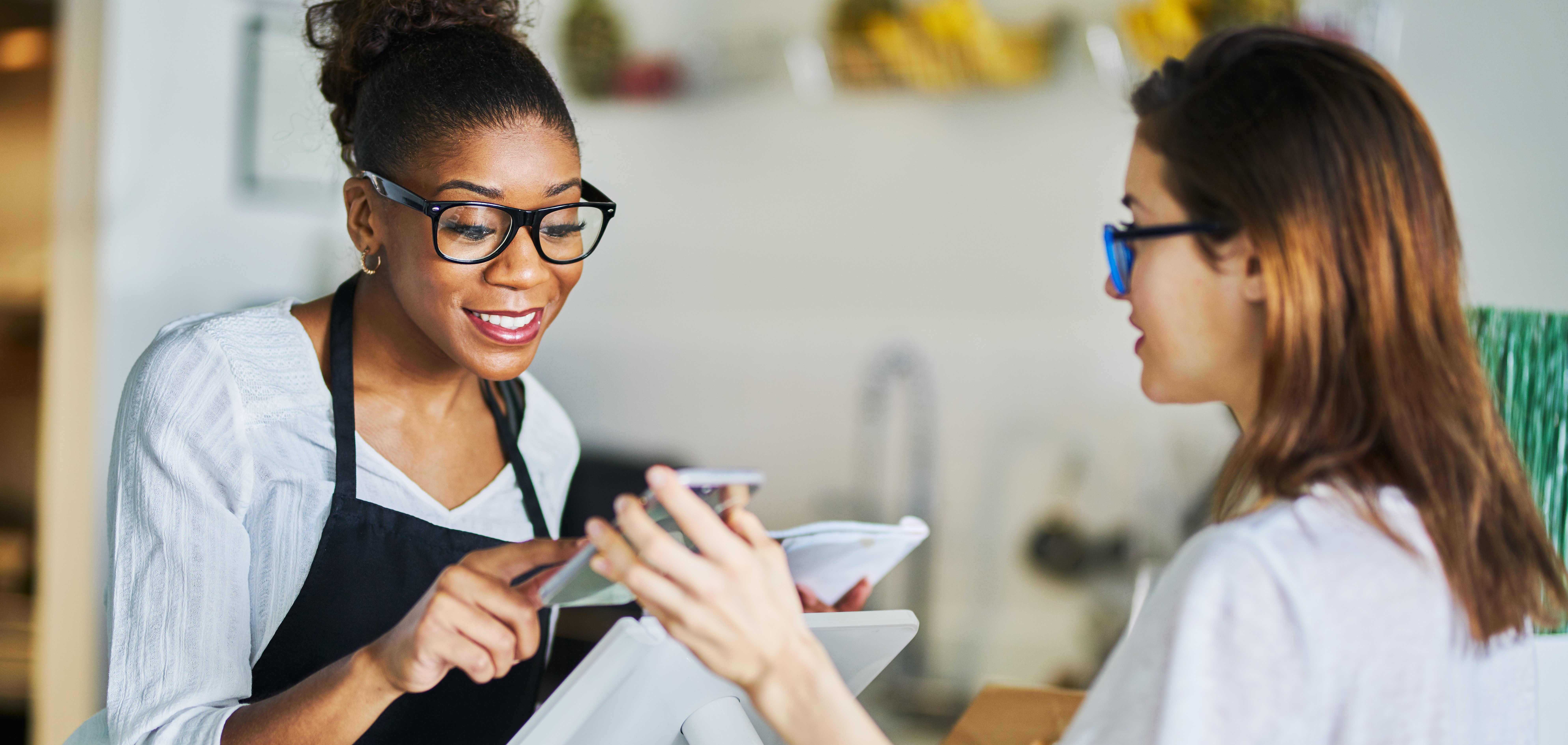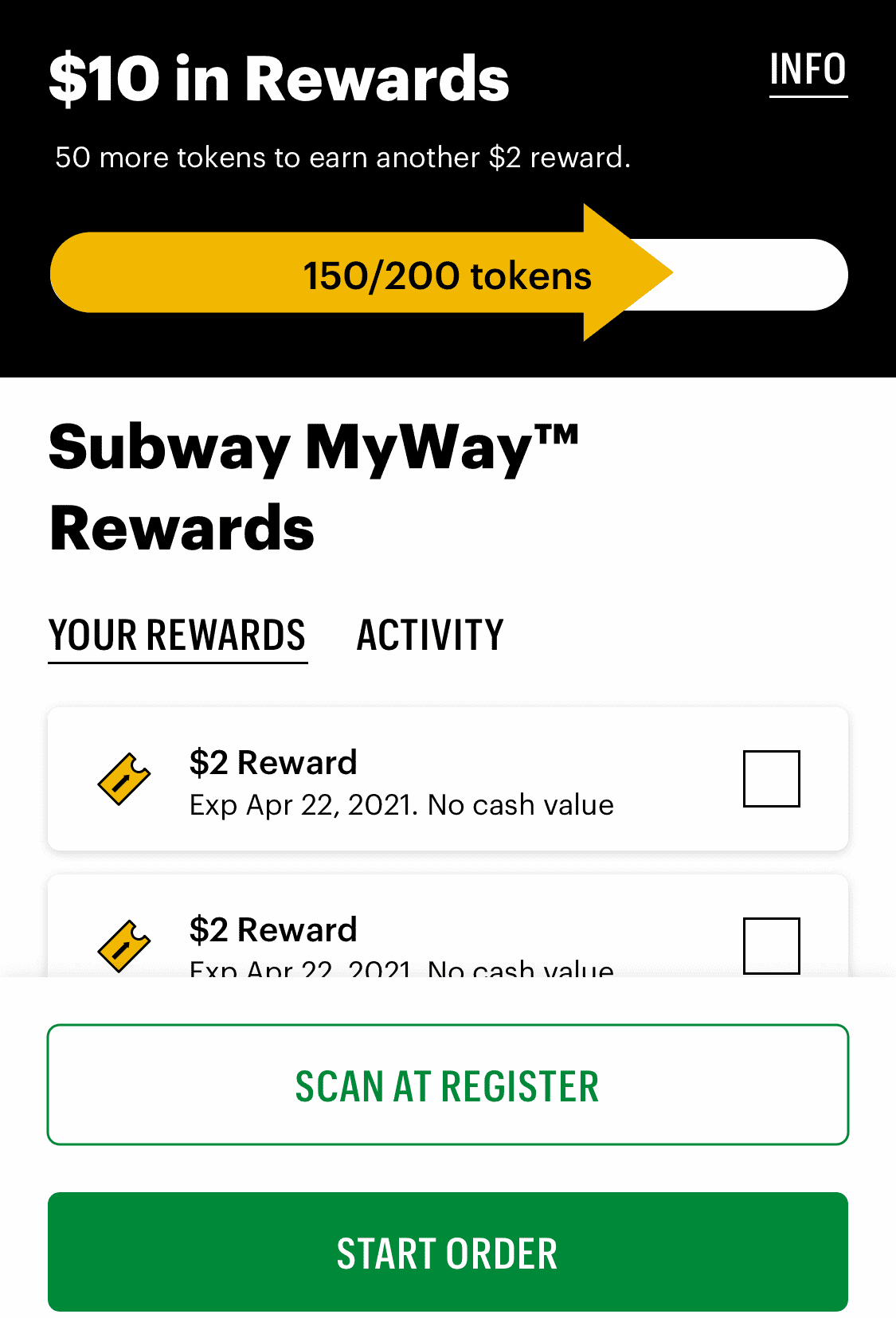Reward and Repeat: How Restaurants Can Leverage Rewards Programs
Restaurants are greatly affected by economic change, consumer behavior and are constantly evolving due to client demands. ‘Regulars’ are one of the key factors to any restaurant’s success and by creating a rewards program, restaurateurs can easily increase repeat business. With a strategic loyalty program, you can turn your first-time guests into devoted patrons and further enhance any incentive offered through third party delivery apps.
Restaurants have been leveraging loyalty programs for both dine-in and take-out to increase repeat business since the tried and tested punch card (buy ten, get 1 free!). Today, there are several types of loyalty program models to fit to any restaurant style including a: subscription-based, points-based, item rewards, or even promotional that are offered on a seasonal or events basis. The possibilities are endless for optimizing your takeout orders.

For a subscription program example, your café can offer bottomless to-go drip coffee for $15 a month, which would be habit forming for customers while providing value. With item based, think to that punch card, however, this can be elevated for takeout orders to incorporate a food item to push new dishes. Here, your sushi restaurant can offer a free order of edamame with total takeout orders of over $100. This type of offer can also be recreated on third party delivery apps to ensure consistency across the brand.
Promotional rewards can be given to customers on a specialty bases, like offering a free scoop of ice cream to patrons on their birthday. A promotional offer can also come with an expiration date to create a sense of urgency and push customers to order sooner than expected. With a points-based program, diners earn points for every dollar spent and redeem these points for food items. Popular examples include Subway’s, MyWay Rewards where customers can earn 4 subway tokens for every $1 spent or Starbucks Star Program where you can earn stars for every dollar spent to redeem on any Starbucks product.


Traditionally, rewards programs increase loyalty and revenue while not taking away from gift card sales. On the contrary, a faithful patron is more likely to purchase a gift card as a present for another person. To further promote gift cards, you can incorporate them into your rewards program opportunities. For an items-based reward program, offer a $20 gift card for every $200 spent. With gift cards usage along with rewards programs, bill sizes tend to be larger. With a $15 drip coffee subscription, you can be sure that patron will eventually purchase your baked goods. When using a $20 gift card, patrons tend to spend over the allotted voucher amount.
It has also been well-established that third-party delivery apps are a great way to promote your restaurant to new audiences, however, there is usually a commission fee for usage. With reward programs, you can lead customers to order take-out directly, or ensure they look for your restaurant on the apps. There are also full-service companies that can implement a rewards program into your business model like Paystone or Incentivio. These companies offer customizable restaurant loyalty programs that integrate into point-of-sale terminals or CMS platforms to further offer personalized service. In this competitive food industry, it’s important to use all the tools available to build a loyal customer base and keep guests coming back.

